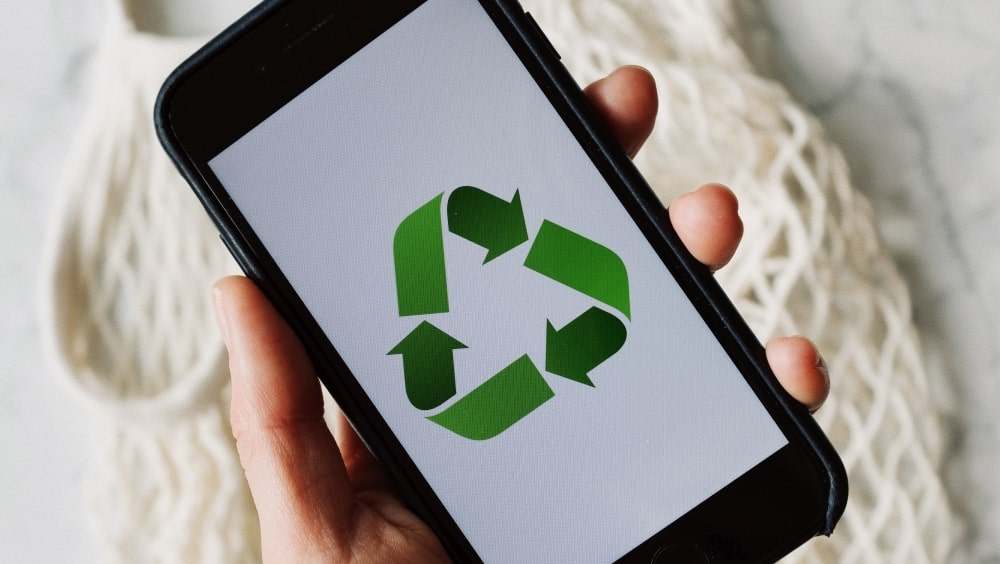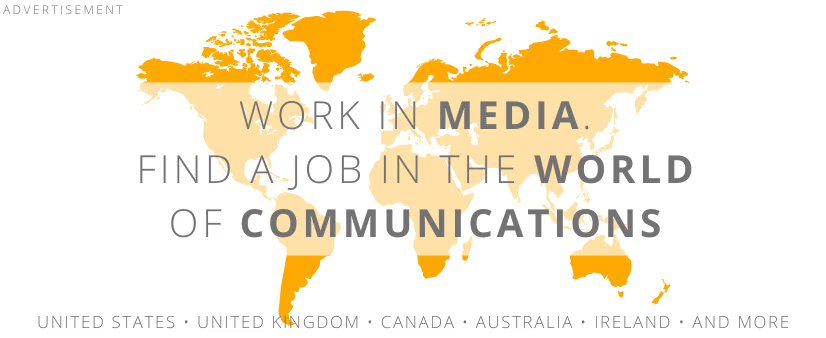 photo: ready made from Pexels
photo: ready made from PexelsOver the past month, there has been a noticeable increase in the number of Poles who prefer buying from socially responsible companies. Forty-one percent of respondents choose products from companies they believe responded appropriately to the crisis.
- This is an increase of 7 percentage points compared to the survey conducted in early May.
- Only in Spain is there a slightly higher percentage of consumers (42%) who prefer products from socially responsible companies.
- Our appreciation for engaged brands is a sign that we need positive signals from the market. Poland is also a European leader when it comes to local producers, whose popularity had been declining since February but is now on the rise again. Fifty-one percent of us, 5 percentage points more than in early May, prefer to buy products from local producers, even if they are more expensive. This is the fifth-highest result among residents of the surveyed countries - says Natalia Załęcka, CMO Advisory Leader, Deloitte.
The number of respondents who declare that they buy more than they can currently use has remained nearly unchanged:
- Forty-one percent of Poles buy in bulk, which is still the highest result in Europe.
- The same response was only recorded in the United Kingdom.
- One of the highest results in Europe also relates to bargain hunting. Half of us, an increase of 3 percentage points, say they are willing to buy something they don’t need if it’s a good deal.
- Almost the same number of responses came from Ireland, with 47 percent in the United Kingdom and Germany.
Since March, when the number of Poles willing to pay for convenience in shopping was at its lowest in the survey’s history, the popularity of the “convenience trend” has been rising. Since early May, there has been a 4 percentage point increase along the Vistula River, with over a third of respondents answering yes. The most common reasons for this willingness to pay, such as for home delivery, are health protection and time savings (54 percent each).
More information and data on the Global State of the Consumer Tracker page.
This survey edition was the 18th globally and the 15th with Polish consumers participating. In total, Deloitte experts surveyed 18 countries, including Australia, Canada, China, France, Germany, India, Ireland, Italy, Japan, Mexico, the Netherlands, South Korea, Spain, the United Kingdom, the United States, Chile, and South Africa, in addition to Poland. The survey was conducted between April and May.
COMMERCIAL BREAK
New articles in section Marketing and PR
Dance in the media mirror. Between culture, business and viral fame
KFi
Over 78,000 media pieces, 1.6 billion potential views, and 197,500 social media mentions-dance in Poland is no longer niche. With a combined media value exceeding PLN 800 million, it now outperforms MMA, handball, and hockey.
PR in Poland. Ranking of the largest public relations agencies 2025
KFi
The smallest teams often generate the most publications, and agencies outside Warsaw are increasingly capturing media attention. This unexpected distribution of power is one of the key findings from the 2025 PR Agency Ranking in Poland, developed by Widoczni and IMM.
Connected TV and borderless advertising. The ID5 report
KFi
Viewers are moving away from cable TV. And they are doing it en masse. Already 86% of Europeans watch content via Connected TV and global ad spend in this segment is set to double by 2028. The industry is undergoing a communication revolution.
See articles on a similar topic:
Modern Mobile Communication. How Companies Build Loyalty by Phone
KFi
Companies can no longer treat mobile communication channels as a side element of their operations. An effective mobile strategy is becoming a cornerstone of customer contact, a tool for improving service, and a way to optimize internal processes. If they know how to use it.
The future of search is now. How AI is reshaping brand visibility
KFi
AI Search and Share of Voice are no longer optional marketing metrics. They’re essential. Yet only 7% of Polish companies use AI. In the new search landscape, that’s nowhere near enough. Fall behind now, and your brand could simply... vanish from the internet.
Child with dyslexia. A therapist's guide for parents
patronat Reporterzy.info
Dyslexia is a specific developmental disorder affecting reading and writing abilities. It can significantly impact a child's educational and emotional development. In Poland, as well as worldwide, it is being diagnosed more frequently. [#MAMYNATORADĘ under the patronage of Reporterzy.info]
When a Review Lies. The Growing Threat of Fake Opinions Online
KFi
Popularity of digital marketplaces rises, so does a less welcome trend: fake reviews. These manipulated opinions distort product rankings and mislead consumers, all while unfairly disadvantaging honest businesses. And despite regulatory efforts, the problem is far from solved.





























